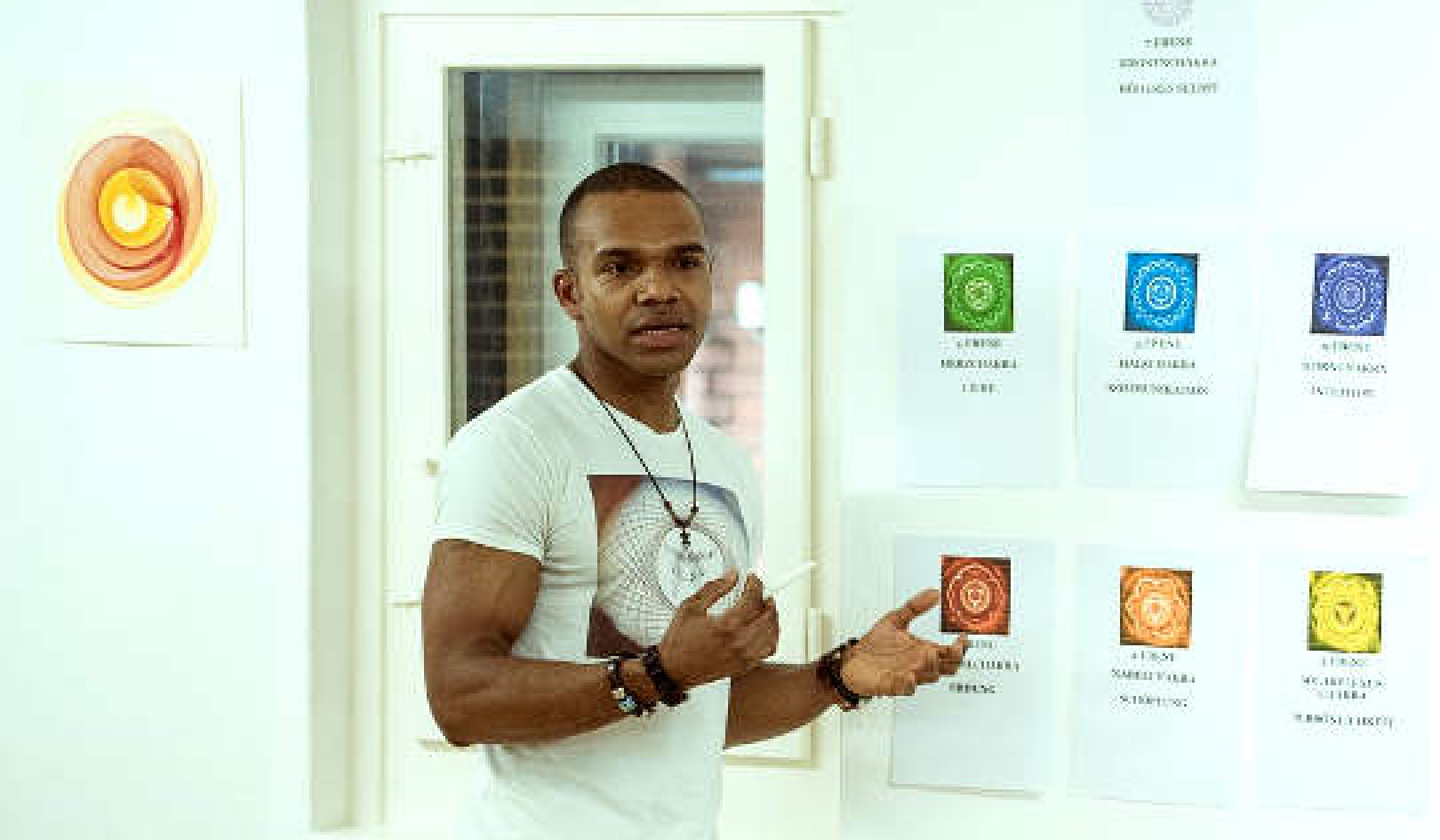
Practicing mindfulness can help you recognize habits and replace them with newer and better ones. This is a core element of mindfulness, and indeed why mindfulness is itself called a “practice.”
As the story goes, after the Buddha’s enlightenment, he was asked whether he was a god. He answered that he was not a god; rather, he was awake. In fact, the term Buddha means “Awakened One.”
What does it mean to be awake? Obviously, it doesn’t mean that the Buddha was sleeping and just rolled out of bed. Rather, it means that he was not operating on what we would call “automatic pilot.”
Walk and Chew Gum
In many respects, of course, the ability to do things automatically is a boon. Imagine having to pay attention to your feet and your jaw as you walk and chew gum. Somewhere back in our evolutionary history, the ability to multitask helped our ancestors survive. Without conscious thought we can perform skilled movements like walking and bicycling and more complex routines called habits.
Our conscious attention is a valuable and limited resource. Our working memory — the part of our memory that deals with what is happening in the present moment — appears to have only one channel for sight and one for sound. Using any particular sense, we can pay attention to only one thing at a time. It’s hard to listen to a conversation while you’re listening to the radio, for instance.
Luckily, our ancestors evolved the ability to do many things without conscious attention. This is done by the brain’s habit system. As rewards become predictable, the brain hands responsibility for the behaviors that produce them to the habit system, just as factory workers who do routine tasks can be replaced by machines.
Habits Develop Through Repetition
The first time we do something — say, drive to a new job — we pay attention for fear of making a mistake or getting lost. But we don’t pay as much attention driving to work the 249th time. The right turn after the Safeway becomes automatic.
If the habit system works unconsciously, and you don’t deliberately choose to perform your habits, what does the choosing?
The psychologist Wendy Wood emphasizes that habits have triggers. “Most people think of their behavior as being internally driven,” Wood told me. “We do things because we want to.” But habits, she said, are triggered by something external — a familiar person, place, or thing. “It’s the environment cuing the behavior,” Wood said.
We may choose when to leave for work, but on a typical morning commute, we may be oblivious much of the time — at least until someone slams on the brakes ahead of us. “When something occurs that’s unexpected, you come back to consciousness,” she said.
Making and Breaking Habits
Benjamin Franklin was perhaps the first American author to give advice on making and breaking habits. In his autobiography, Franklin identifies thirteen virtues that he wished to practice habitually, starting with moderation in eating and drinking. “I determined to give a week’s strict attention to each of the virtues successively,” Franklin writes. Modern experts agree with Franklin on the importance of close attention when trying to change a habit.
Wendy Wood has studied people as they try to break habits. She says that becoming conscious of our automatic behavior is the key to overriding a habit. That’s what mindfulness is: becoming aware of what we are doing, along with what is happening to us, in the present moment and with a spirit of kindness.
Breaking Up Is Hard To Do
It’s challenging, however, to pay attention to what we’re doing all the time. Wood has found that people are more likely to relapse into old habits when they’re tired or depleted. Similarly, in his 2011 book Willpower, the psychologist Roy Baumeister observes that conscious volition actually requires large amounts of glucose. The habit system, being automatic, requires less brain processing and less glucose. Thus, when our blood sugar is low, we’re less able to exert willpower and more likely to fall back into automatic habits.
Wood therefore sees conscious awareness not as something that can be maintained at all times, but as opening a brief window of opportunity to switch to a new and better habit. The MIT neuroscientist Ann Graybiel has found that traces of a habit take a long time to disappear. “Everyone always says that you cannot break a habit,” Graybiel told me. “You’ve got to replace it with another habit.”
©2015 by Rick Heller. All Rights Reserved.
Reprinted with permission of the publisher,
New World Library, Novato, CA 94949. newworldlibrary.com.
Article Source
 Secular Meditation: 32 Practices for Cultivating Inner Peace, Compassion, and Joy
Secular Meditation: 32 Practices for Cultivating Inner Peace, Compassion, and Joy
by Rick Heller.
Click here for more info and/or to order this book.
About the Author
 Rick Heller is a freelance journalist and meditation instructor. He is the facilitator of the Humanist Mindfulness Group and has led meditations sponsored by the Humanist Community at Harvard since 2009. Rick holds a bachelor's degree in electrical engineering from MIT, a master's degree in public policy from Harvard University, and a master's degree in journalism from Boston University. Visit his website at www.rickheller.com
Rick Heller is a freelance journalist and meditation instructor. He is the facilitator of the Humanist Mindfulness Group and has led meditations sponsored by the Humanist Community at Harvard since 2009. Rick holds a bachelor's degree in electrical engineering from MIT, a master's degree in public policy from Harvard University, and a master's degree in journalism from Boston University. Visit his website at www.rickheller.com



























